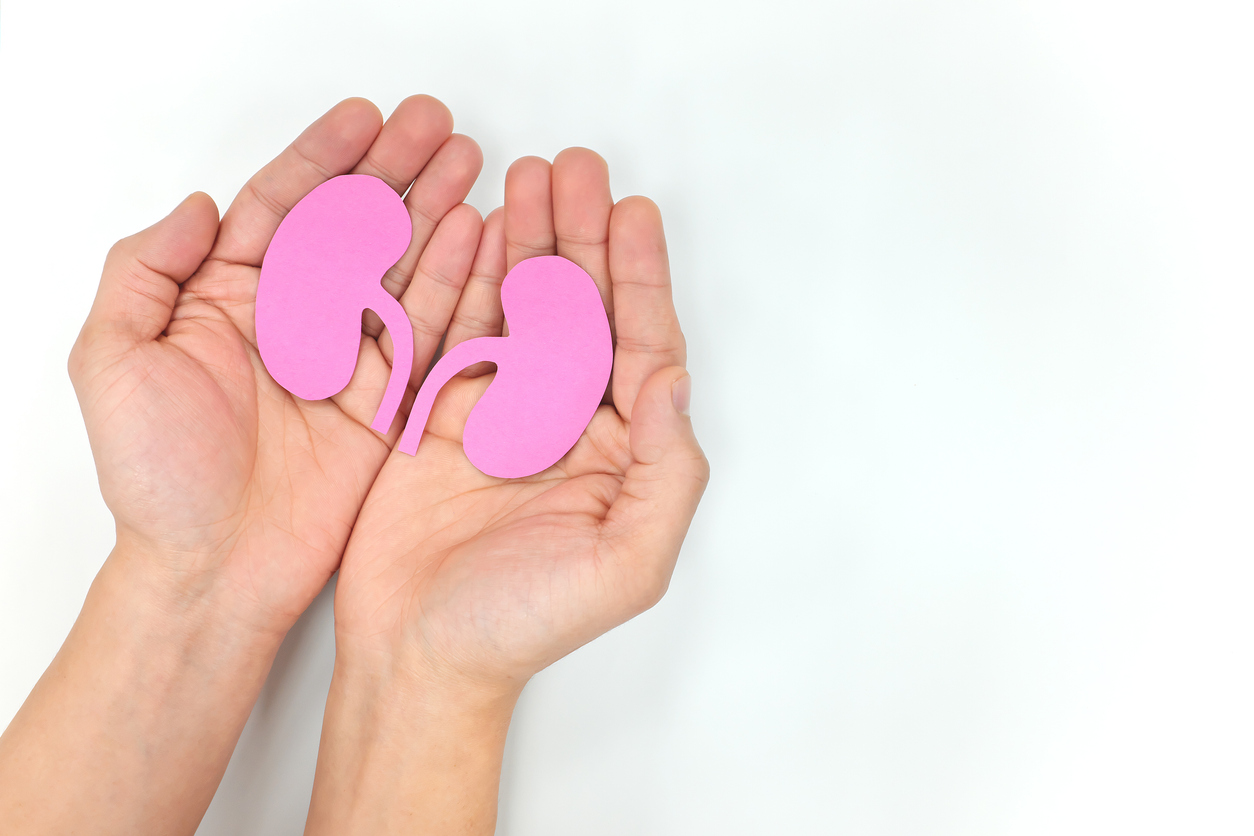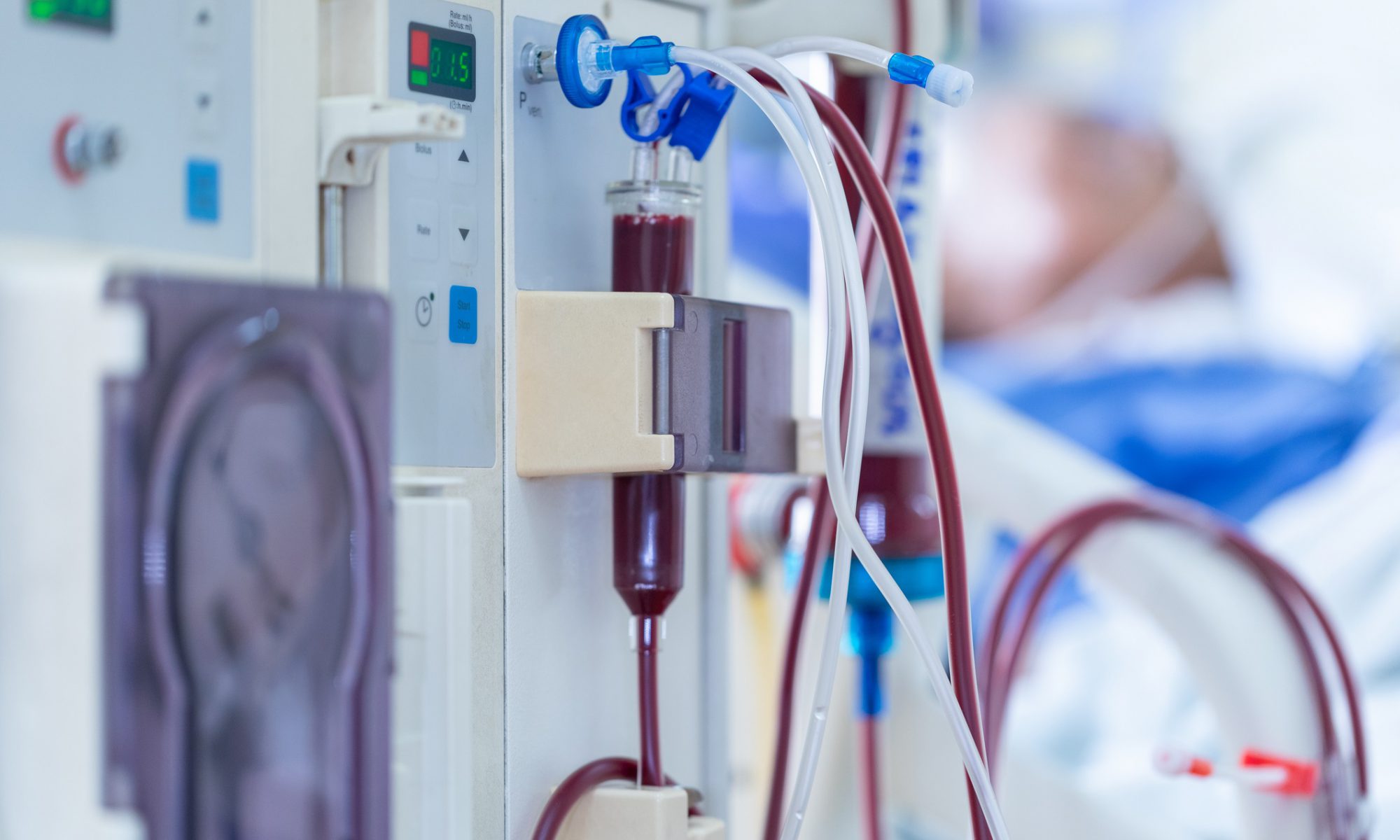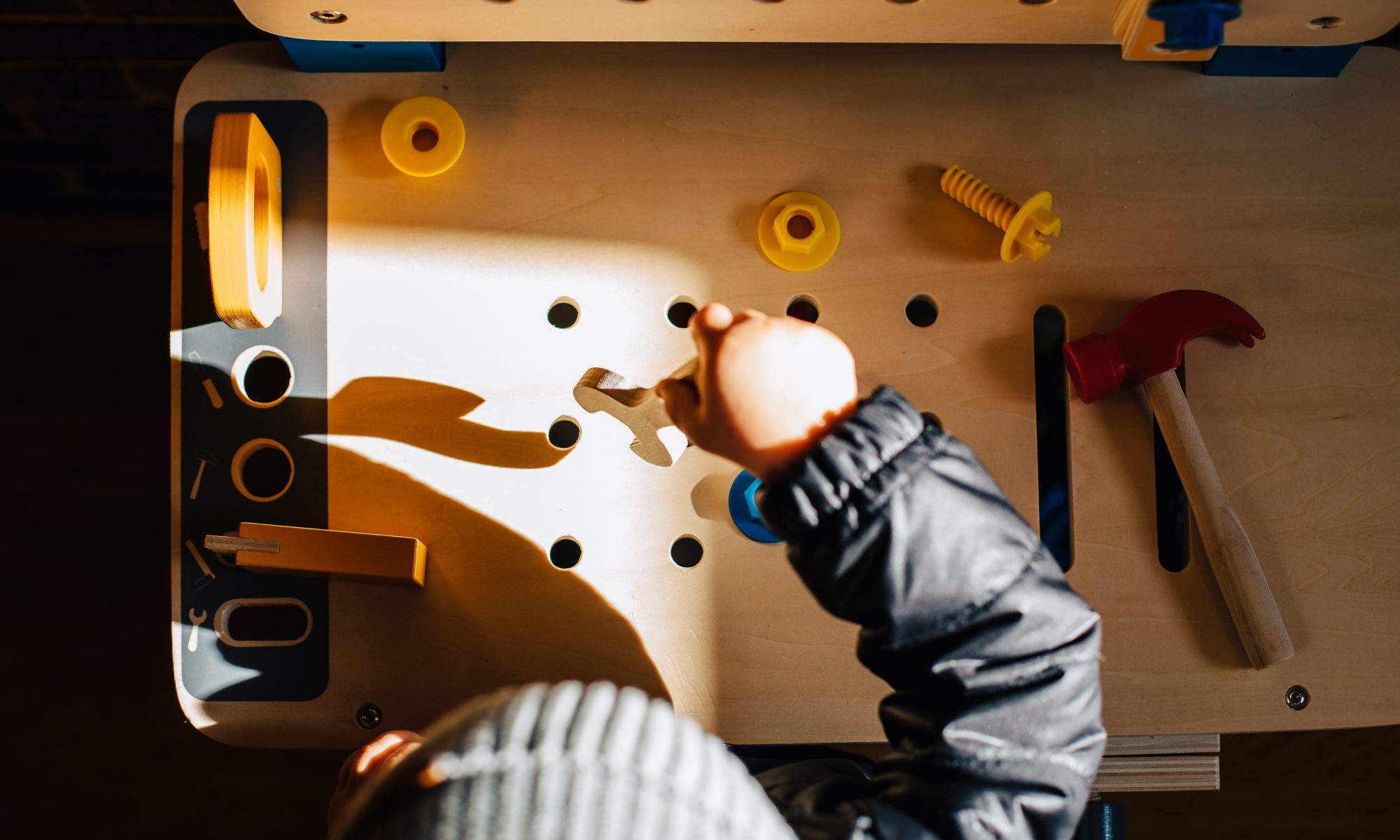By Katie Chen
Pediatric Nurses Week is a time to celebrate and reflect on the contributions nurses make to the pediatric community and their families.
Gerri James, RN, BSN, CCTC, manager of the Pediatric Kidney Transplant Program at Stanford Medicine Children’s Health, is often the first person parents hear from when their children are referred for a transplant. Read more from Stanford Medicine Children’s Health.




